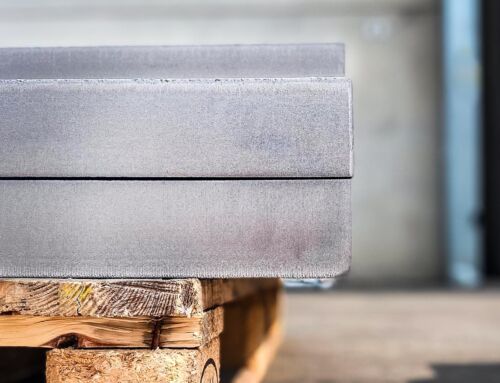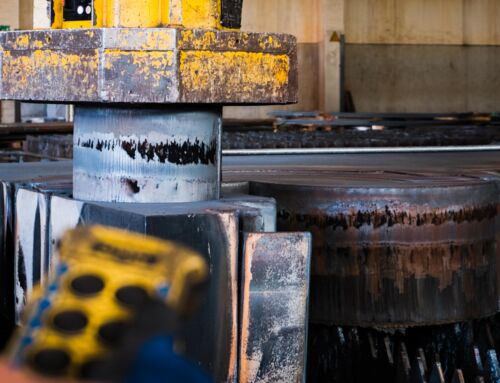When discussing metallic materials, it is crucial to understand the difference between steel and iron. Both materials are widely used in various industries, but their properties and applications are different. This article will explore these differences and provide a clear picture to help you choose the right material for your needs
What is iron?
Iron is a chemical element with symbol Fe, known for its versatility. It is found in nature mainly in the form of ore, such as hematite and magnetite. Pure iron is relatively soft and malleable, but it is susceptible to corrosion, which limits its direct use. To improve its strength and durability, it is often alloyed with other elements.
Examples of iron use
Iron is commonly used in applications where tensile strength properties are not critical. Some examples include:
- Wrought iron: used to create gates, fences and garden furniture because of its malleability and ability to be worked artistically.
- Construction iron: used to reinforce concrete in building structures, where compressive strength is more important than corrosion resistance.
What is steel?
Steel is an alloy composed mainly of iron and a percentage of carbon, usually between 0.2% and 2%. This small amount of carbon gives steel greater strength and hardness than pure iron. In addition, steel may contain other alloying elements, such as manganese, nickel, and chromium, which further improve its mechanical properties and corrosion resistance.
Examples of steel use
Steel is a key material in many industries because of its versatility and strength. Some examples include:
- Building construction: steel beams are used to support heavy structures and provide stability.
- Automobiles: steel is used in the production of chassis and components because of its strength and ability to absorb energy in case of impacts.
- Household appliances: stainless steel is commonly used in refrigerators, ovens, and dishwashers because of its corrosion resistance and aesthetic appearance.
The difference between steel and iron
The difference between steel and iron lies mainly in their composition and physical properties. While iron is a simpler material, steel has a more complex structure that offers significant advantages:
- Strength and durability: steel is generally stronger and more durable than iron, making it ideal for structural and industrial applications.
- Corrosion: steel can be treated to resist corrosion, while iron is more susceptible to rust and degradation.
- Versatility: due to its composition, steel can be designed to meet specific needs, while iron has more limited applications.
Conclusion
In summary, the difference between steel and iron is significant and affects their applications. Steel, with its strength and versatility, is the material of choice in many industries, while iron is more suitable for specific uses where the material properties do not require the superior performance of steel. If you have questions or need further elucidation about metal materials and their applications, please do not hesitate to contact Sidertaglio Lamiere. We are here to help you make the right choice for your needs.







